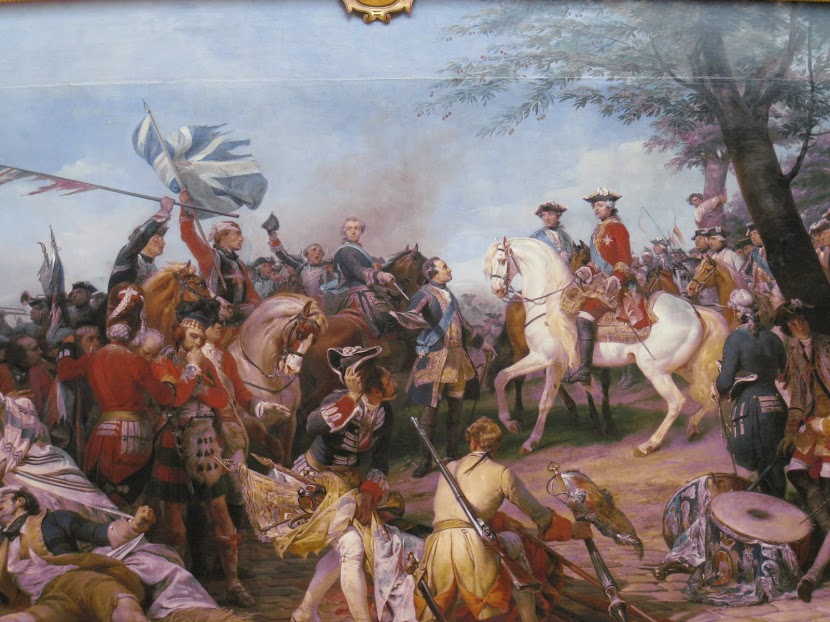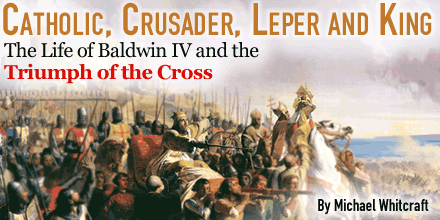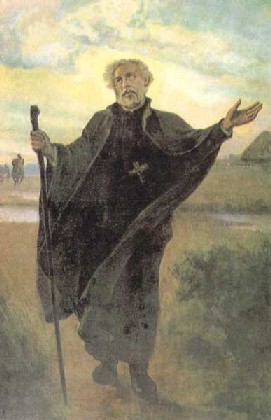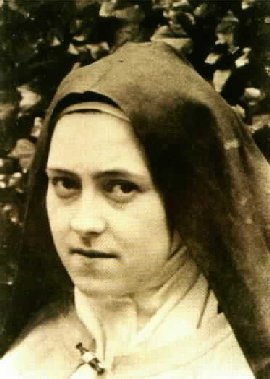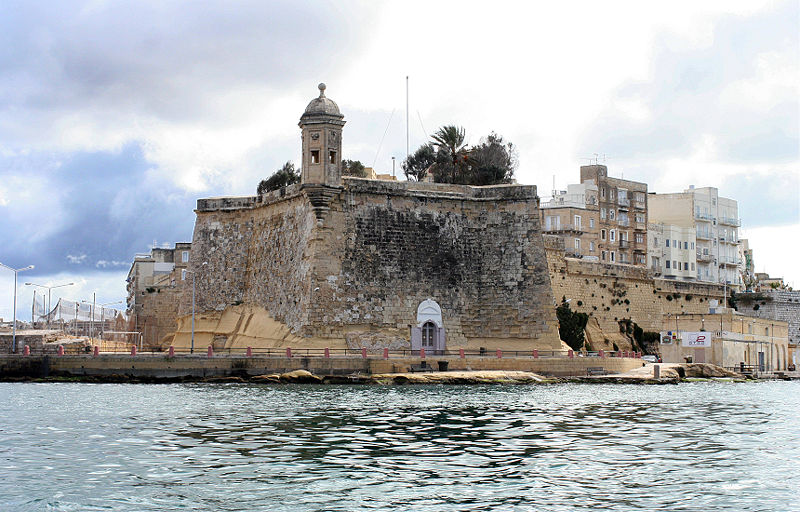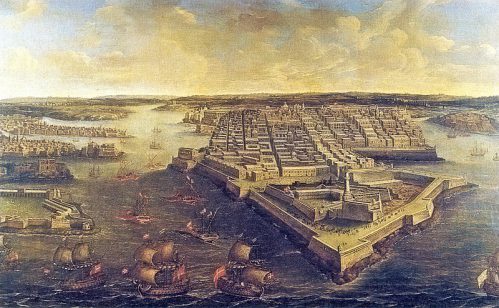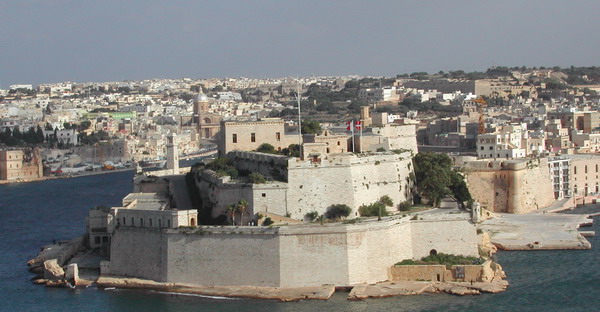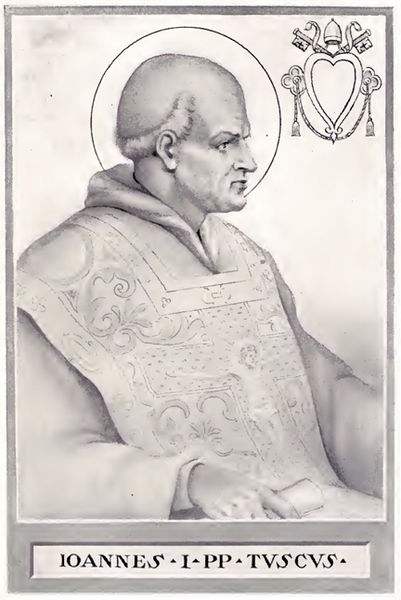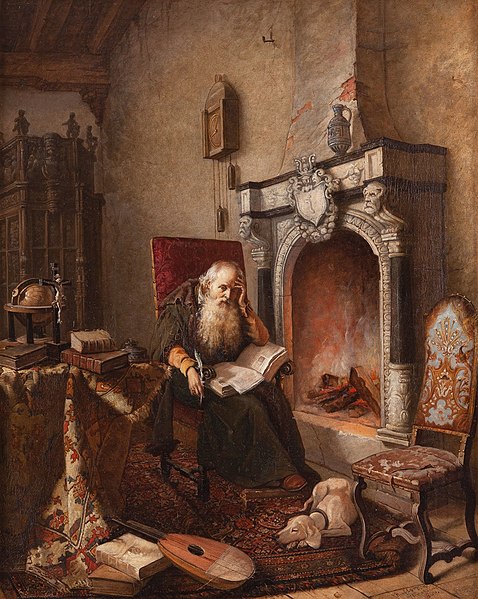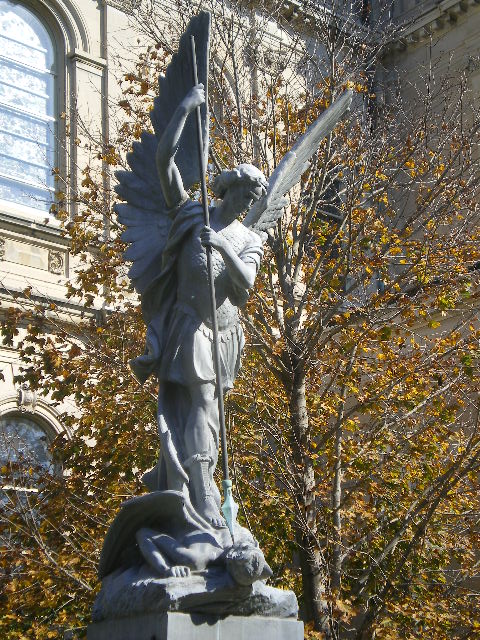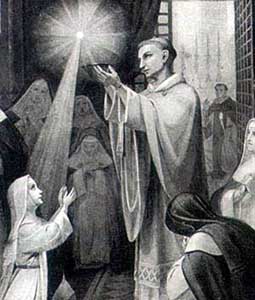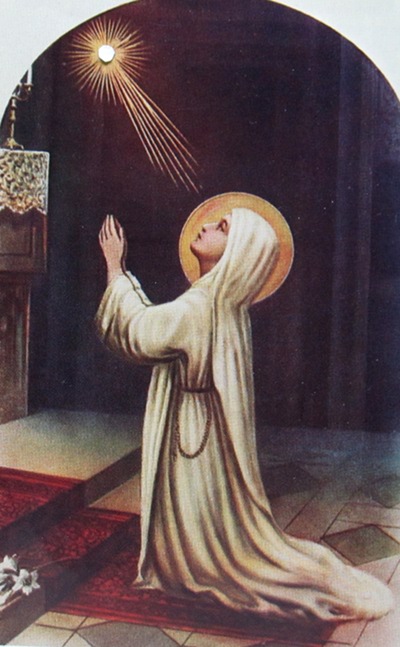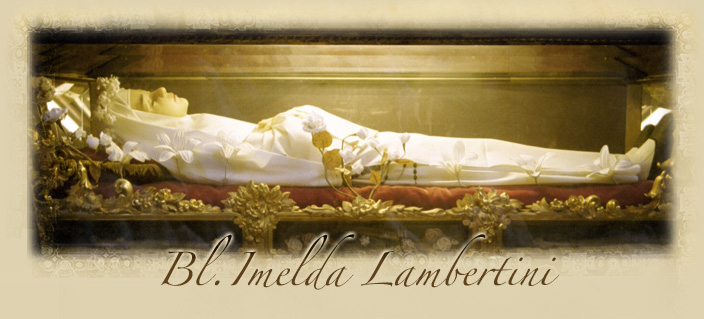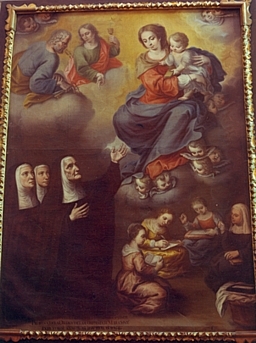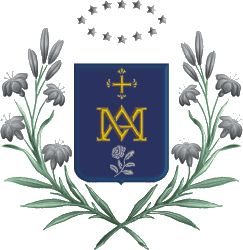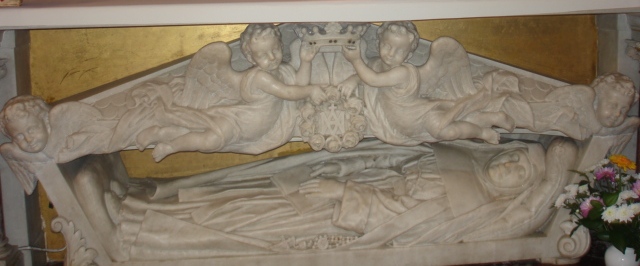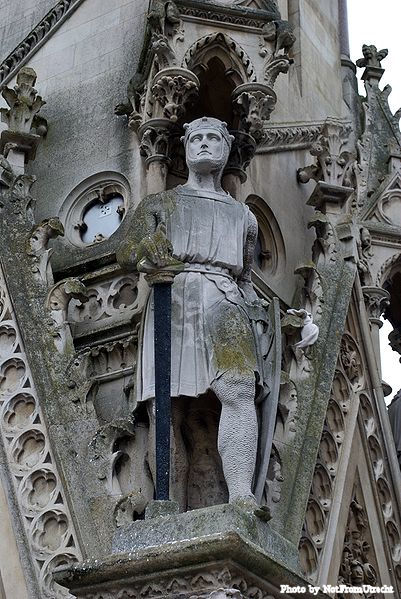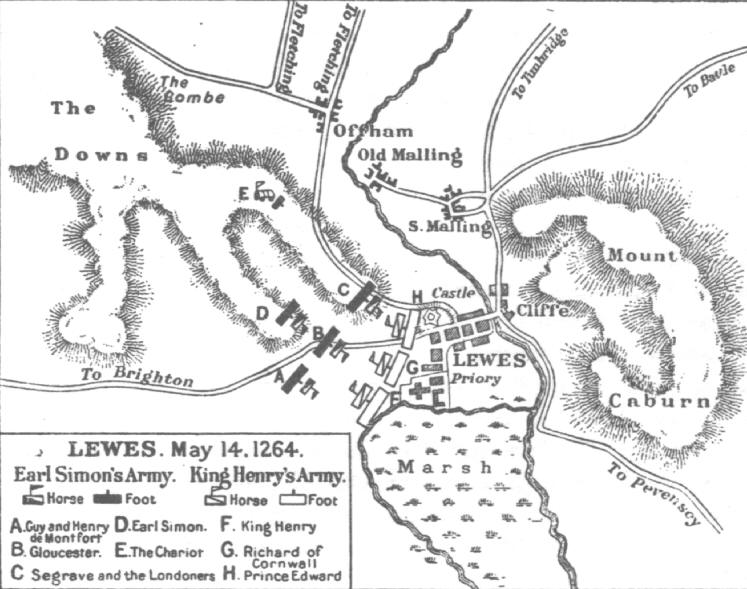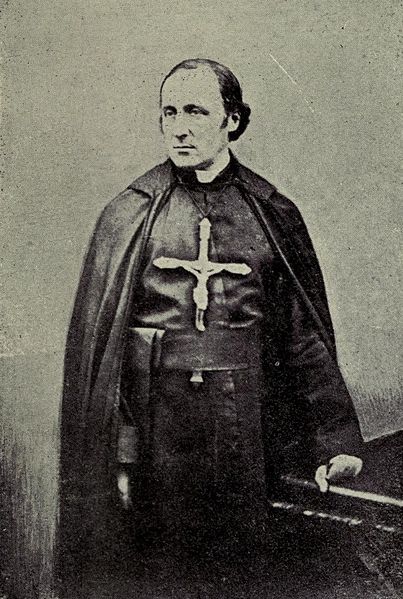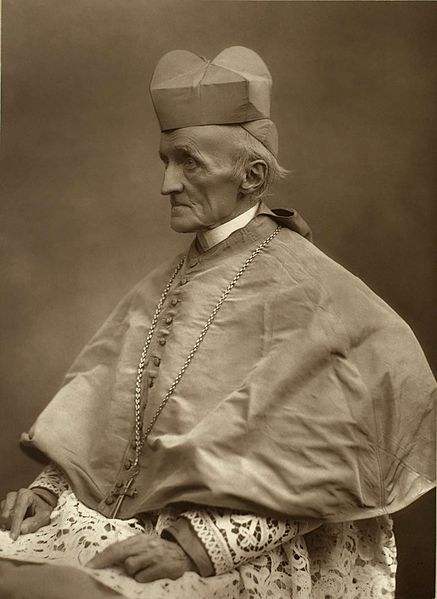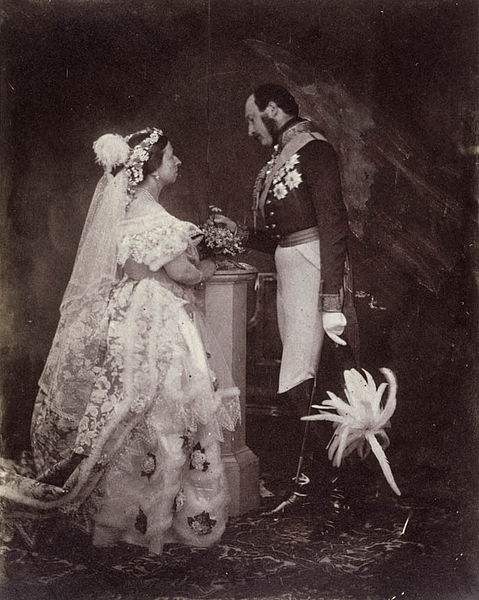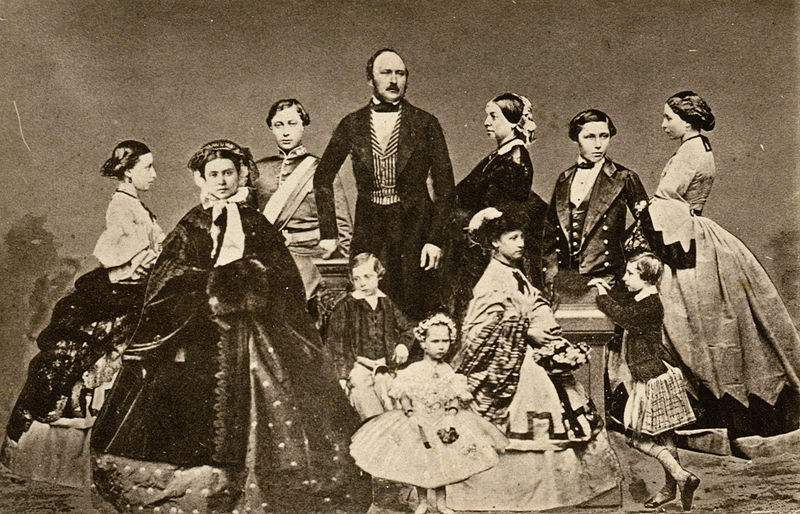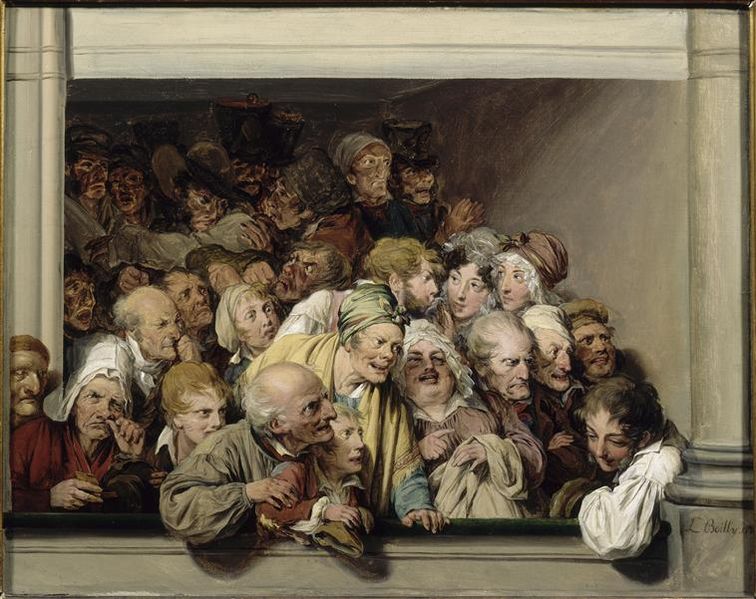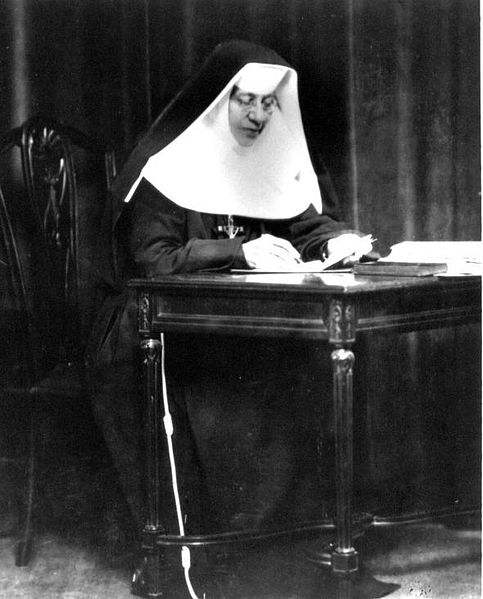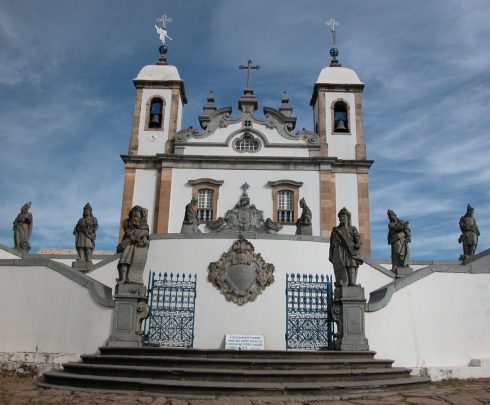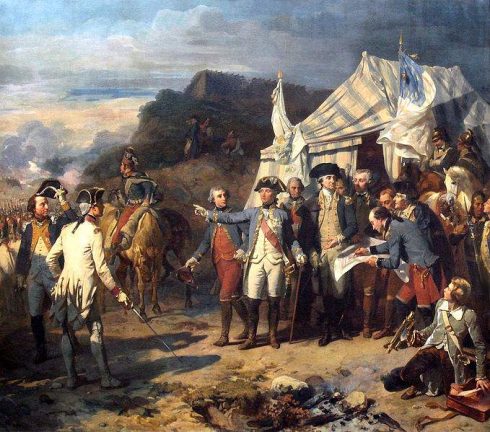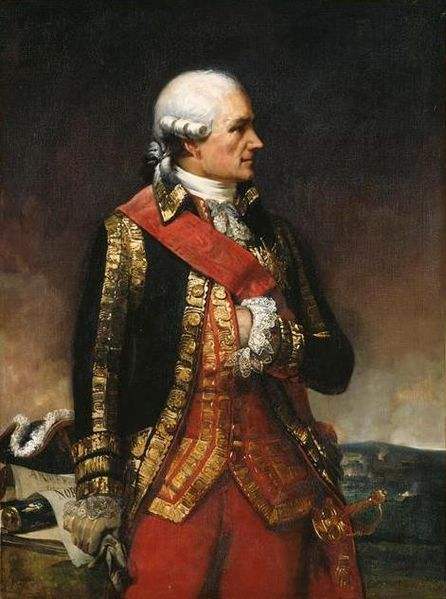St. Eric, King of Sweden, Martyr
Eric [1] was descended of a most illustrious Swedish family: in his youth he laid a solid foundation of virtue and learning, and took to wife Christina, daughter of Ingo IV, king of Sweden. Upon the death of King Smercher in 1141, he was, purely for his extraordinary virtues and qualifications, placed on the throne by the election of the states, according to the ancient laws of that kingdom. His first care in that exalted and dangerous station was to watch over his own soul. He treated his body with great severity, fasting and watching much, in order to keep his domestic enemy in due subjection to the spirit, and to fit himself for the holy exercises of heavenly contemplation and prayer, which were his chief delight.
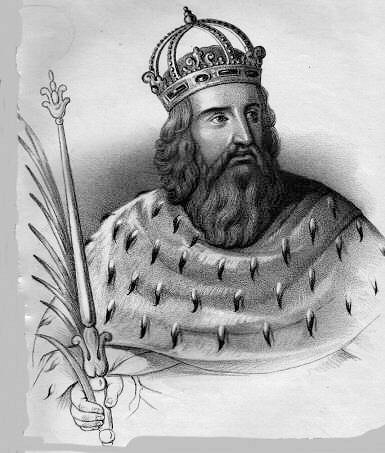
He was truly the father and the servant of all his people. With indefatigable application he himself administered to them justice, especially to the poor, to whose complaints his ears were always open, and whose grievances and oppressions he took care himself to redress. He often visited in person the poor who were sick, and relieved them with bountiful alms. Content with his own patrimony, he levied no taxes. He built churches, and by wholesome laws restrained the brutish and savage vices of his subjects.
The frequent inroads of the idolatrous Finlanders upon his territories obliged him to take the field against them. He vanquished them in a great battle; but after his victory he wept bitterly at the sight of the dead bodies of his enemies which covered the field, because they had been slain unbaptized. When he had subdued Finland, he sent St. Henry, bishop of Upsal, to preach the faith of Christ to that savage infidel nation, of which he may be styled the apostle. Among the subjects of this good king were certain sons of Belial, who made his piety the subject of their ridicule, being mostly obstinate idolaters. Magnus, son of the king of Denmark, blinded by ambitious views to the crown of Sweden, put himself at the head of these impious malecontents, and engaged them in a conspiracy to take away the life of their sovereign. The holy king was hearing mass on the day after the feast of the ascension, when news was brought him that the rebels were in arms, and on the march against him. He calmly answered: “Let us at least finish the sacrifice; the remainder of the festival I shall keep elsewhere.” After mass he recommended his soul to God, made the sign of the cross, and, to spare the blood of the citizens, who were ready to defend his life at the expense of their own, marched out alone before his guards. The conspirators rushed upon him, beat him down from his horse, and struck off his head with a thousand indignities in derision of his religion. His death happened on the 18th of May, 1151.

Casket of Eric the Saint in Uppsala Cathedral. Photograph taken by Mark A. Wilson (Department of Geology, The College of Wooster).
God honoured his tomb with many miracles. It remains to this day at Upsal undefaced. St. Eric was honoured as chief patron of the kingdom of Sweden till the change of religion in the sixteenth century. He ordered the ancient laws and constitutions of the kingdom to be collected into one volume, which bears the title of King Eric’s Law, or the Code of Uppland, highly respected in Sweden: it was confirmed in the thirteenth century by the learned king Magnus Ladulas, who compiled and published in 1285 another code under the title of Gardsrætte.
All power and authority among men is derived from God, as Christ declared to Pilate, 2 and as the wise man often repeats. Whence St. Paul teaches us, that “he who resisteth the power, resisteth the ordinance of God.” 3 On no men doth he confer the least degree of jurisdiction but with the most severe injunction and obligation, that they employ it according to his will, and in the first place for the advancement of his divine honour. Hence every father, master of a family, magistrate, or king, is accountable to God for those under his charge, and will be condemned as a traitor on the last day, if he employ not all the means in his power that God may be known, praised, and faithfully served by them. This is the primary obligation of those whom God hath vested with authority. In the faithful discharge of this trust the glorious St. Eric laid down his life.

Note 1. Eric, Erric, and Henry, are in the northern nations the same name, which in the Teutonic language signifies rich lord. St. Eric was the ninth of that name among the kings of Sweden.
Note 2. John xix.
Note 3. Rom xiii. 2.
See Israelis Erlandi liber de vitâ et miraculis S. Erici Regis, ex editione et cum notis Joan. Schefferi, in 8vo. Holmiæ, 1675; and Henschenius, t. 4, Maij, p. 186.
(from: The Lives of the Saints, by Rev. Alban Butler (1711–73). Volume V: May, pp. 350-351)
